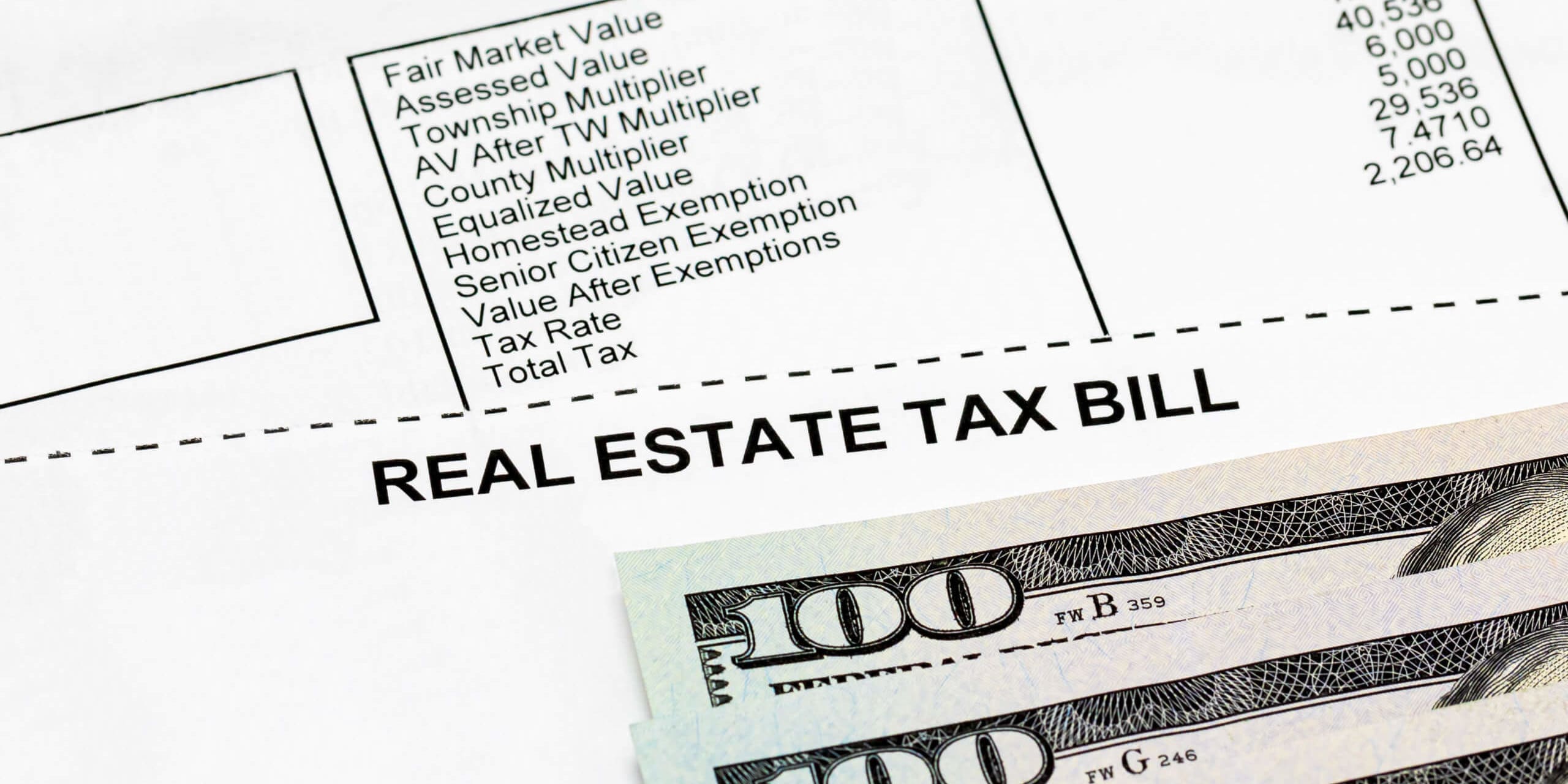Oregonians enjoy shopping without sales tax, but we are required to pay state income tax and property tax.
Property taxes include school district taxes, local government taxes, voter-approved bond levies, and other municipal and county taxes. The tax amount is based on a percentage of the property’s value, but that’s where it gets tricky. Even some long-time residents are not sure how Oregon property tax is calculated.
First, how does Oregon Property Tax compare to other states?
Oregon ranks in the middle of the pack at #27 from lowest to highest property taxes in our nation. Our effective property tax rate is .97% of the property value. In Q1 2022, the median property value in Oregon was $312,200, making the median property tax $3,037.
Next, how is property value assessed?
What complicates matters in Oregon is that every home or property has three values: market value, assessed value, and real market value.
Market value is what people look at to determine how much they think their property would sell for. Often people refer to a valuation on Zillow, or they may check out what other comparable homes in their neighborhood are worth. This “market value” is not reported on the tax statement and may be higher or lower than either of the valuations from the tax department.
Instead, Oregon taxes report two figures: assessed value and real market value.
Real market value is the estimate the government calculates a home or property would sell for on the open market. County assessors use tools to calculate this value that are far less sophisticated or accurate than those used by realtors or appraisers. The assessors perform a limited number of exterior inspections every year and combine these results with computerized data to come up with real market value. They also may perform an interior inspection of a home based on the owner’s purchase of permits for home improvements and expansions. Some homeowners may be shocked to receive a significant increase in the real market value of their homes based on obtaining a permit for limited home improvements.
Before 1997, property tax was based entirely on real market value. However, when Ballot Measure 50 was implemented, a new evaluation called the assessed value came into place.
At its beginning, assessed value took a home’s real market value as of 1995 and subtracted 10% from it. Then, the value was set to increase by 3% each subsequent year. The purpose of Measure 50 was to limit the amount of financial burden a property owner would realize from one year to the next.
What about a home built after 1995?
For any property constructed after 1995, the county assessors simply determine the real market value and then apply an average gap to determine the assessed value. In other words, if the average difference between assessed value and real market value is 20%, they would apply that difference to the real market value to create an assessed value.
So how is Oregon Property Tax Calculated based on real market value and assessed value?
Taxes are calculated based on which number is less. If a real market value is $450,000 and the assessed value is $300,000, the taxes will be based on $300,000. However, if the real market value takes a dive, the taxes will be calculated on the lowered value.
Contact Gail Schoeneberg with your questions about owning property in Oregon.
If you’re considering purchasing property in Oregon but have a few questions about homeownership in Oregon requires, I’m here to help you out. I take pride in helping my clients find the home of their dreams while making sound financial decisions. I will work with you through every stage of home buying, from determining your priorities in a new home to learning about ways to finance your mortgage. Contact me today to get started at 541-840-1909 or at this link.

